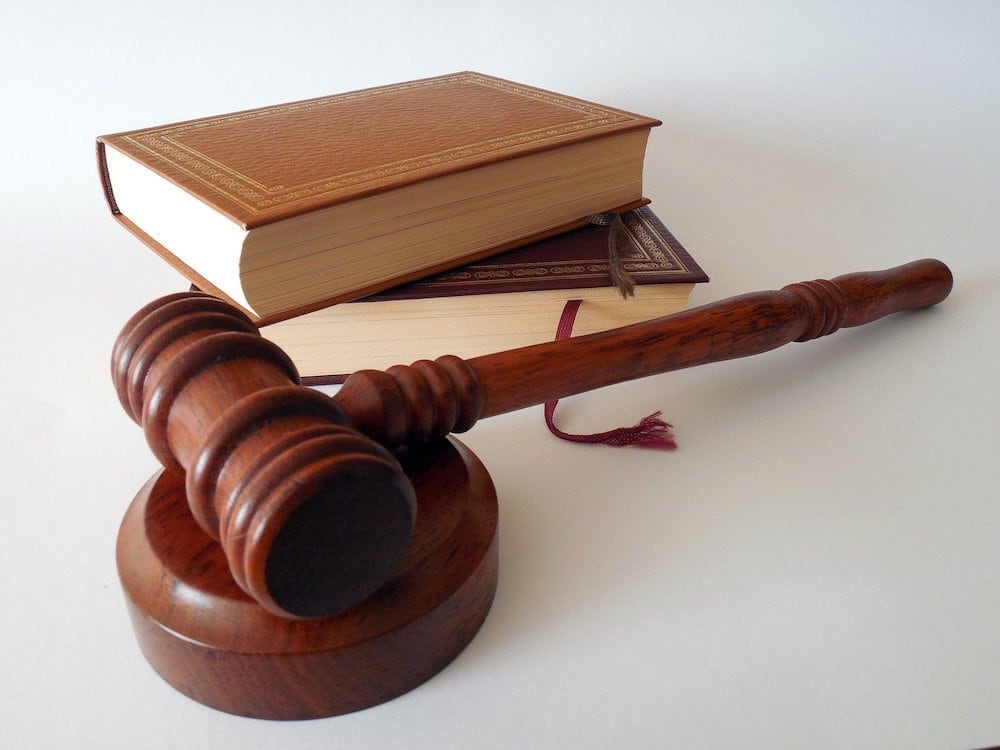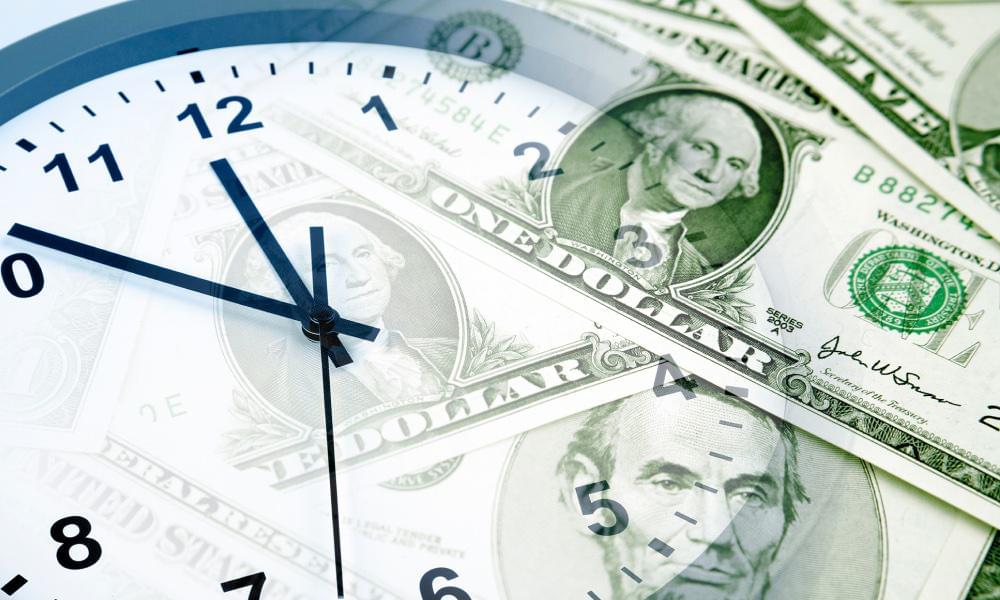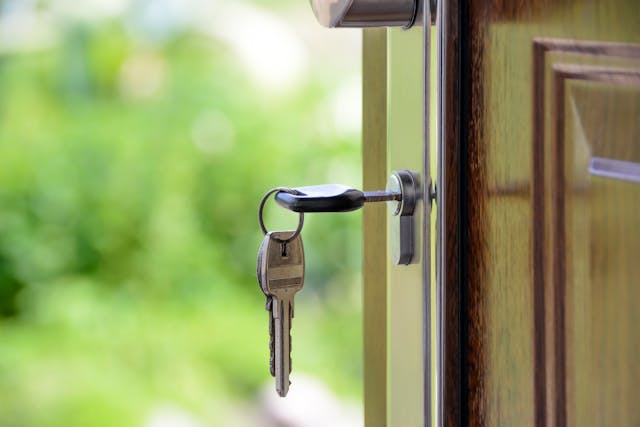
Financial difficulties can arise at any point in life. Sometimes they come on suddenly, such as when an individual needs an emergency surgical procedure, suffers the sudden loss of a job, or is financially devastated by a divorce. In other instances, though, money woes can be long-lasting. This is often seen when an individual is forced to cope with the treatment of a medical condition or suffers from chronic unemployment or underemployment.
Regardless of how your financial troubles arise, you probably have debt relief options at your disposal. Perhaps the best options available to you are those pertaining to personal bankruptcy. But not all bankruptcies are the same, which is why it’s important that you know the differences between them. Only then can you choose the debt relief path that is best for you. So let’s look at the differences between Chapter 7 and Chapter 13 bankruptcy.
Chapter 7 bankruptcy
Chapter 7 bankruptcy is often referred to as a liquidation bankruptcy because it involves the selling of assets in order to satisfy debts. After that process occurs, most remaining debts are discharged, leaving you better positioned to start your post-bankruptcy life. A lot of people get worried when they hear that Chapter 7 bankruptcy involves selling their assets because they’re afraid that they’ll be left without the financial resources they need to obtain and maintain stability immediately following bankruptcy.
This simply isn’t the case, though. Chapter 7 bankruptcy filers can take advantage of bankruptcy exemptions, which allow you to keep certain assets outside of the bankruptcy proceeding. This means that you can keep these assets despite having to liquidate other assets. These exemptions can include a certain amount of equity built up in a home and a vehicle, personal affects, and even a certain amount of tools of your trade.
Chapter 13 bankruptcy
Chapter 13 bankruptcy is slightly different. Here, you agree to enter into a repayment plan that lasts a certain number of years. After you complete that repayment plan, any remaining debts may be discharged. It’s important to note that the repayment plan is meant to be manageable so that you’re able to comply with it without becoming overwhelmed.
Many people like the idea of Chapter 13 bankruptcy because it allows them to keep their assets, including their home. While the process can take longer than a Chapter 7 bankruptcy process, many people enjoy the peace of mind that comes with knowing that they won’t have to worry about rebuilding their assets after bankruptcy.
The benefits of bankruptcy
Both types of bankruptcy can provide very real relief. They can either halt or delay foreclosure, stop creditor harassment, and give you the fresh financial start you need and deserve. While some people worry about the affect that a personal bankruptcy may have on their credit score, the truth of the matter is that there are stops that can be taken to rebuild credit, and there are lenders out there who specialize in working with people who have faced financial challenges and bankruptcy. In other words, bankruptcy is the start of something new, and you shouldn’t be afraid of it.
Ask the questions that you need answered
This post is an overview of the differences between Chapter 7 and Chapter 13 bankruptcy. It doesn’t address all of the intricacies of the bankruptcy code. That means that you’re probably still left with some important questions. If that’s the case, then we encourage you to continue to research our website and consider discussing your situation with an attorney who can competently guide you through the process. Keep in mind that a life without overwhelming debt can be within reach, you just have to be proactive about achieving it.




